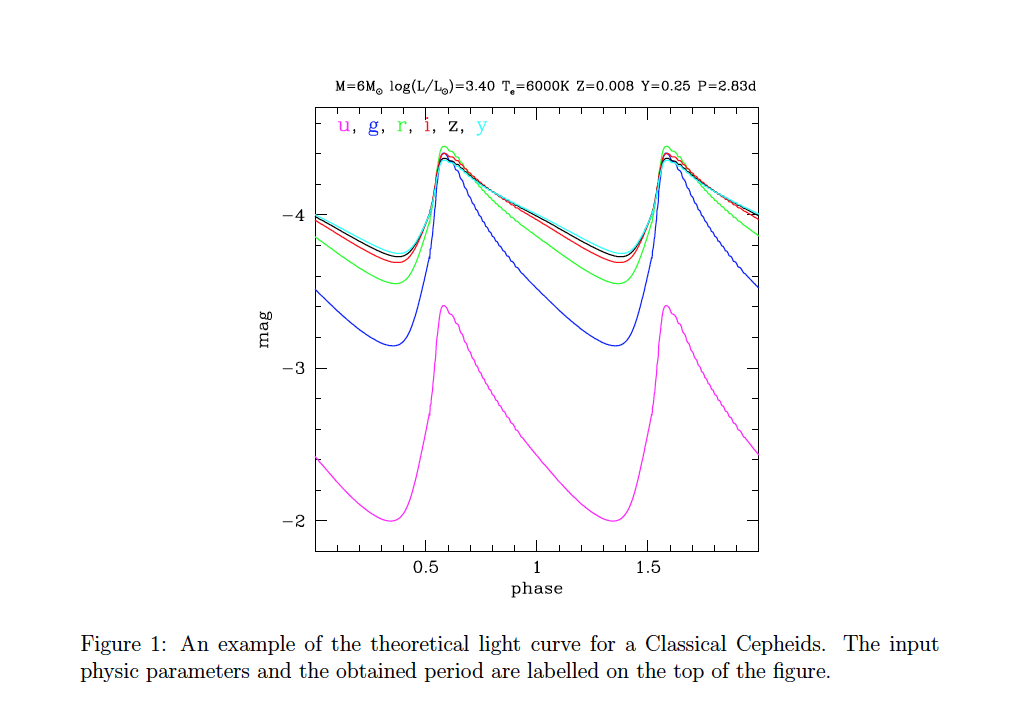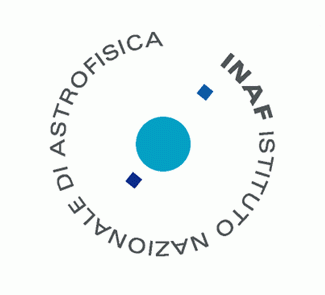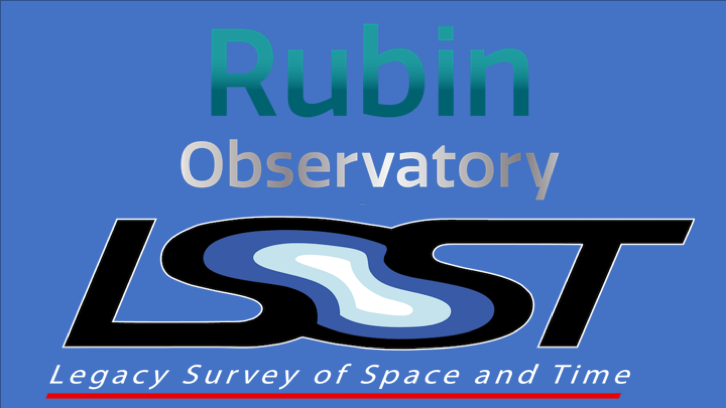Scientific Objectives
The scientific activity of our group has been devoted i) to produce a theoretical database for RR Lyrae and Cepheid light curves in various filters and in particular in the ugrizy LSST filters and ii) to prepare more White Papers on LSST Cadence Optimization.
Theoretical light curves are based on nonlinear convective pulsation models for a wide range of mass and chemical composition that allow to obtain all the observables as means, periods and amplitudes and to theoretically build observational tool as period-luminosity and period-luminosity-color relations useful to compare and interpret the observed pulsation properties. On this basis, it is possible, for example, to study the dependence on the chemical abundance of the variable properties and/or to obtain a theoretical calibration of the extragalactic distance scale. These models are also part of the PLAsTiCC. The full database for Classical Cepheids, with metallicity and helium content typical of the Large Magellanic Cloud (Z=0.008 Y=0.25), will include about 21000 models with a very large range in mass, luminosity, temperature and mixing length.
An example of the theoretical light curve for a Classical Cepheid in the LSST filters obtained for a Classical Cepheids is showed in Fig. 1.
Members of this quintuplet are involved in the preparation of three White Papers.
All the members are authors of the White Paper titled \The Gaia-LSST Synergy: resolved stellar populations in selected Local Group stellar systems” (P.Is. G. Clementini and I. Musella) that has been prepared in collaboration with the quintuplet \The Gaia-LSST Synergy: from pulsating stars and star formation history to WDs” (PI G. Clementini) and with some members (Paolo Ventura, Marcella Di Criscienzo and Ester Marini) of the quintuplet \Multiperiodicity as a tool to investigate stellar physics”. This project aims to observe with the LSST six Local Group stellar systems of different morphological type (also including the new discovered candidate \ultra-diffuse” galaxy Antlia 2) and to characterize the selected targets using different stellar tracers as RGB stars and pulsating variable stars of different type/parent stellar population spanning the whole classical instability strip (namely: RR Lyrae stars, Cepheids of different types, SX Phoenicis and delta Scuti stars), LPVs, and turn-o main sequence stars. In particular, the target selection and the strategy has been planned by I. Musella, G. Clementini and V. Ripepi and the metric simulations have been performed by I. Musella, M. I. Moretti and M. Di Criscienzo.
For this White Paper, we need to modify and use some LSST metrics to simulate (through a Montecarlo method) our planned observations and to evaluate the probability to observe various type of variables of different periods, amplitudes and mean magnitude.
I. Musella and M. Marconi has also contributed to the White Paper \Mapping the Periphery and Variability of the Magellanic Clouds” (P.I. Knut Olsen) that proposes a combination of a modified Wide-Fast-Deep survey, a mini-survey of the South Celestial Pole, and a Deep Drilling-style survey to produce a 3-D map of the Magellanic System and to provide a detailed census of the transient and variable populations in the Clouds.
I Musella, M. Fabrizio, P. Marrese and M. Marconi also collaborated to the White Paper \unVEil the darknesS of The gAlactic buLgE (VESTALE)” (P.I. G. Bono) whose main aim is to provide a complete census of old (t 10 Gyr, RR Lyrae, type II Cepheids, red horizontal branch), intermediate age (red clump, Miras) and young (classical Cepheids) stellar tracers across the Galactic Bulge.

Members
Principal Investigator:
Ilaria Musella, INAF-Osservatorio Astronomico di Capodimonte
Co-Investigator:
Marco Limongi INAF-Osservatorio Astronomico di Roma
Marcella Marconi INAF-Osservatorio Astrofisico di Capodimonte
LSST young researchers:
Maria Ida Moretti INAF-Osservatorio Astronomico di Capodimonte
Giulia de Somma INAF-Osservatorio Astrofisico di Arcetri
Marco Limongi Osservatorio Astronomico di Roma
Silvio Leccia INAF-Osservatorio Astronomico di Capodimonte
Other INAF participants:
Alessandro Chieffi INAF-Istituto di Astrofisica e Planetologia Spaziale di Roma
Michele Cignoni Università di Pisa
Alessandra Di Cecco INAF-Osservatorio Astronomico d’Abruzzo
Roberto Molinaro INAF-Osservatorio Astronomico di Capodimonte
Gabriella Raimondo INAF-Osservatorio Astronomico d’Abruzzo
Vincenzo Ripepi INAF-Osservatorio Astronomico di Capodimonte
Emanuele Tognelli Università di Pisa
LSST Affiliation
Transients/variable stars science collaboration
Task Force Review variability characterization parameters planned for the Level 1 and Level 2 LSST
Task Force Deep Drilling Fields and Mini-Surveys
Task Force Stellar variability in crowded fields
Stars, Milky Way and Local Volume
Activity Report

